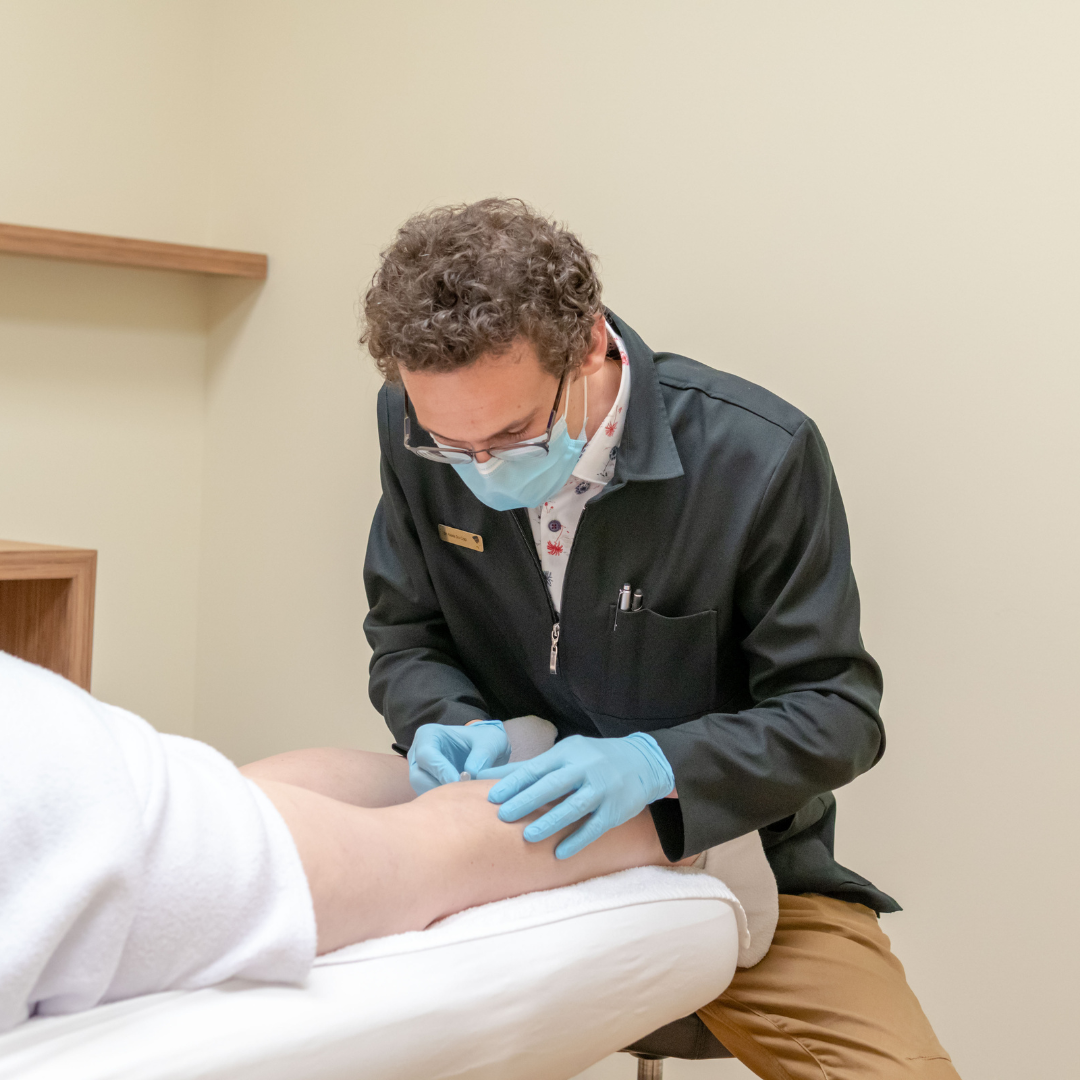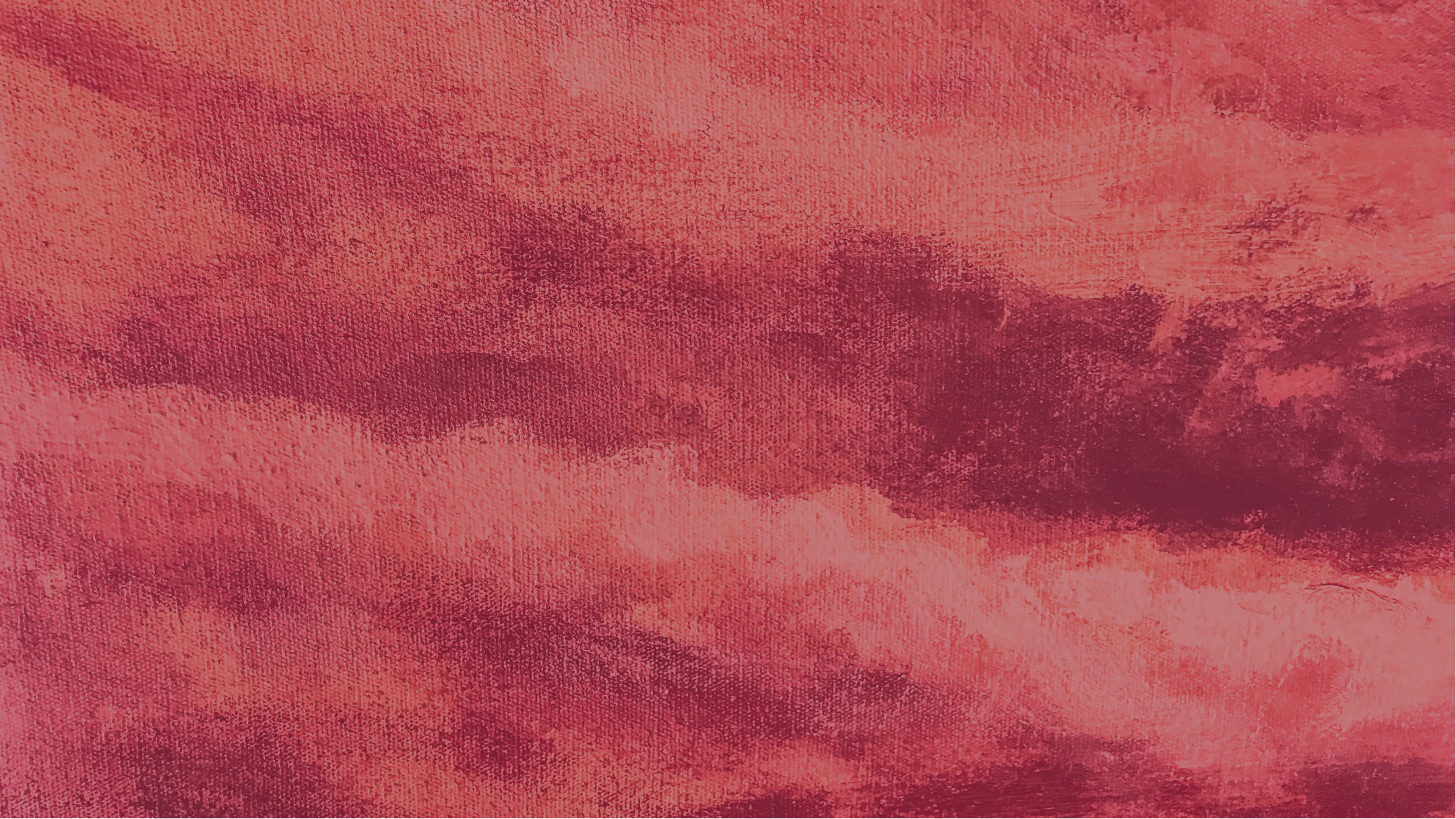Phlebology
Definition of Phlebology
Phlebology is the branch of medicine that focuses on diseases affecting the veins. A family physician practicing phlebology is responsible for treating venous diseases, including venous insufficiency and varicose disease, using various techniques.
Venous Insufficiency and Varicose Disease
Chronic venous insufficiency is a condition that affects a significant number of individuals, especially the elderly. This condition, characterized by a decrease in venous return from the lower limbs, can result from inadequate valve function in the veins due to hereditary venous dilatation or from obstruction of the veins post-thrombosis. This leads to an accumulation of blood in the lower limbs, an increase in venous pressure, and eventually inflammation and hypoxia. The symptoms experienced by patients, including edema, a feeling of heaviness, cramps, paresthesias, itching, and pain in the lower limbs, are caused by this venous pressure. These symptoms are often very bothersome and can significantly reduce the quality of life for those who suffer from them. Chronic venous insufficiency can also lead to several complications, including stasis dermatitis, persistent ulcers, thrombophlebitis, or varicose disease. Varicose veins, commonly known as “varices,” are the result of dilated superficial veins and are often associated with chronic venous insufficiency. Indeed, venous hypertension can be transmitted to the superficial veins, causing their dilation and the formation of varices. The cause of chronic venous insufficiency is genetic in almost all cases, except in cases of secondary causes such as vein obstruction, venous or arteriovenous malformations, postphlebitic syndrome, etc. Women also suffer from it more than men. Varices can be visible and palpable or not, as in the case of early saphenous vein insufficiency. They cause pain, paresthesias/dysesthesias, fatigue, heaviness, restlessness, and other very bothersome symptoms, in addition to being aesthetically unpleasant. Varices can also cause complications, including thromboses, varicose ulcers, and, in rare cases, significant bleeding through traumatic or spontaneous external varicose bleeding. Unfortunately, conservative treatments for chronic venous insufficiency and varicose disease are quite limited. In general, the treatment involves the use of compression stockings or elastic bandages to apply pressure to the lower limbs. Diuretics are also often used for edema treatment. There are also medications like Vennixa that can reduce the symptoms of venous insufficiency.
Phlebology Treatments
Fortunately, there are phlebology treatments that help treat and relieve patients suffering from chronic venous insufficiency and varicose disease.
- Sclerotherapy: A non-invasive technique where a liquid (saline or another liquid) is injected into varicose veins, creating an inflammatory reaction and a fibrosis/sclerosis process. This reaction blocks and closes the diseased vein, allowing blood to flow through healthy veins rather than the diseased vein. The sclerosed vein is eventually destroyed by the body. Sclerotherapy primarily targets the treatment of small and medium-sized veins.
- Echo-Sclerotherapy/Echo-Sclerosis: A sclerotherapy technique where the injection of the liquid is done under ultrasound guidance. This non-invasive technique, also called endovenous chemical ablation, treats larger and deeper diseased veins, such as saphenous vein insufficiency. The liquid often used for these larger veins is called sclerosing foam. This technique is used for symptomatic and more advanced cases.
- Endovenous Laser or Radiofrequency Ablation: In severe cases, more invasive techniques may be necessary to treat larger diseased veins. Endovenous laser or radiofrequency ablation is a technique where a laser is used to burn the vein from the inside via an endovenous catheter. The procedure is performed under local anesthesia in a private practice procedure room. Family physicians can perform this technique.
- VenaSealMD Procedure: Another more invasive technique used in severe cases is the VenaSealMD procedure. This technique involves using a medical adhesive, a type of glue, to close the diseased vein. The adhesive is applied to the vein from the inside via an endovenous catheter. Family physicians can also perform this technique.
- Phlebectomy/Saphenectomy Surgery: In some very severe cases, surgery is necessary to completely remove the diseased vein. Some family physicians in Quebec can perform phlebectomies.
Practice of a Family Physician in Phlebology: Dr. Alexis Du Cap
Academic and Professional Background of Dr. Alexis Du Cap
Dr. Du Cap obtained his medical degree from the Université de Montréal in 2009 and completed his residency in family medicine in Gatineau with McGill University in 2011. Subsequently, he practiced as an emergency physician in Gatineau-Hull and Saint-Eustache for nearly 8 years. In parallel with his emergency practice, Dr. Du Cap underwent several training sessions in aesthetic medicine and phlebology and has been practicing in this field since 2012. Since 2018, Dr. Du Cap has been the Medical Director of the Epiderma medical-aesthetic care network. In aesthetic medicine, the use of neuromodulators or filling agents is an integral part of Dr. Du Cap’s practice. Since 2019, Dr. Du Cap has joined the team of the renowned phlebology clinic of Dr. Zummo and Dr. St-Amour in Montreal, now known as Medicart Montreal Phlebology. There, he performs echo-sclerotherapy and sclerotherapy treatments.
Why Choose to Practice Phlebology, and What Do You Like Most About Your Practice?
Dr. Du Cap chose to practice phlebology because of the technical and mini-surgical aspect of this practice that he greatly appreciates. In his daily work, he performs the very interesting techniques of sclerotherapy and echo-sclerotherapy described earlier, in addition to conducting ultrasound evaluations. Given his interest in mini-surgery and the use of new technologies, Dr. Du Cap plans to undergo the necessary training to be able to perform the invasive techniques of endovenous laser and VenaSealMD. Dr. Du Cap also explains that he chose to work in phlebology because the practice is very rewarding. Indeed, patients often suffer from bothersome symptoms for a long time when they consult and are very happy to finally have found a solution to their problem. Conventional treatments (e.g., compression stockings) often do not completely relieve symptoms and can be very inconvenient. Dr. Du Cap explains that phlebology treatments help prevent serious complications of varicose disease and venous insufficiency and significantly improve the quality of life for these individuals. It is this rewarding aspect that he likes most about his phlebology practice: the power to make a difference in the lives of his patients. Another small bonus of practicing phlebology that Dr. Du Cap greatly appreciates: the minimal paperwork required for phlebology consultations! Indeed, Dr. Du Cap explains that the notes to be written are very easy to write, allowing him to truly take his time with his patients.
What Training is Required to Practice Phlebology as a Family Physician?
Dr. Du Cap explained that since phlebology is not covered in our medical studies and during residency, it is necessary to undergo training accredited by the Collège des médecins du Québec (CMQ). This training includes both theoretical and practical components. The training is part-time, which means that one can continue to practice as a family physician during the training, and it lasts for several months. During the practical component, the physician is paired with a phlebology training physician accredited by the CMQ, who will teach them the different techniques. Once the training is successfully completed, the physician receives accreditation in phlebology from the CMQ.
Are Phlebology Treatments Accessible to the Public?
Unfortunately, Dr. Du Cap explains that phlebology treatments are not currently covered by the RAMQ (Régie de l’assurance maladie du Québec) due to their high cost. Therefore, patients must pay for their treatments. Dr. Du Cap finds this very regrettable because many people would benefit from these treatments if they were covered by the public health system. He explains that it is very sad because there are many people who suffer from their symptoms daily, and conventional treatments are often not sufficient. Unfortunately, these individuals do not have access to phlebology treatments because they are not covered. He hopes that this will change one day. Additionally, since family medicine training does not include any phlebology component, general practitioners are often not aware of such treatments that exist. Therefore, doctors generally do not tend to inform their patients and refer them to phlebology clinics. According to Dr. Du Cap, this should be taught so that patients can seek necessary help more easily.
Advice for Medical Students
Dr. Du Cap advises medical students to persevere despite the difficulty of medical studies because, in the end, the profession is truly worthwhile. He also suggests that students inquire early about the various practices possible in family medicine and show interest during externships if a certain type of practice interests them. When choosing a residency, if one is torn between specialties, Dr. Du Cap suggests asking honest questions to older supervisors and having an open discussion about their career choices to get real opinions and see if they regret their choices or not. He also advises students to think about their long-term life goals and not just make a career choice without thinking further. He concludes: “In the end, what’s important is doing what makes us happy!”
Yasmine Moussaid Jouiet Université de Montréal
References:
- Merck Manuals, Chronic Venous Insufficiency and Postphlebitic Syndrome
- Merck Manuals, Varicose Veins
- Medicart, Sclerotherapy
- Medicart, Echo-Sclerotherapy
- Elise Bernier, Endovenous Laser Treatment of Varicose Veins
- Medicart, VenaSealMD Procedure
- AJC Medical Center, Phlebology – Varicose Vein Treatment by Sclerotherapy

